m3architecture

m3architecture is a medium sized architectural practice based in Brisbane, Australia. With a significant focus on the creative design process, m3architecture’s work seeks to develop unique, project specific outcomes, rather than uniform or formulaic buildings. This work has been recognised at both a national and international level, with numerous publications, awards and exhibitions, including representation in the Australian pavilion at the Venice Architecture Biennale. We have a body of work which stretches from Sydney to Barcaldine. Many of our clients are large institutions which own and operate their own facilities.
Driving directions to m3architecture on map
m3architecture on Google Maps
Projects:
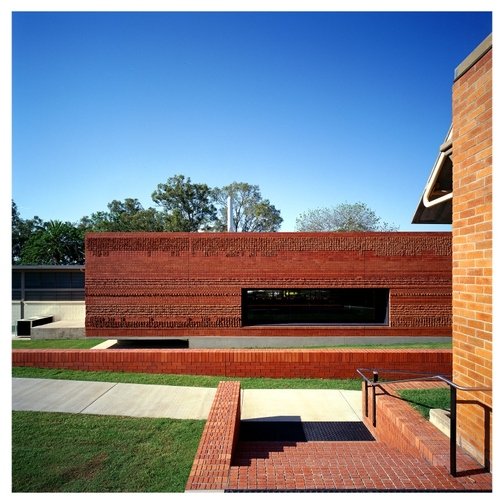
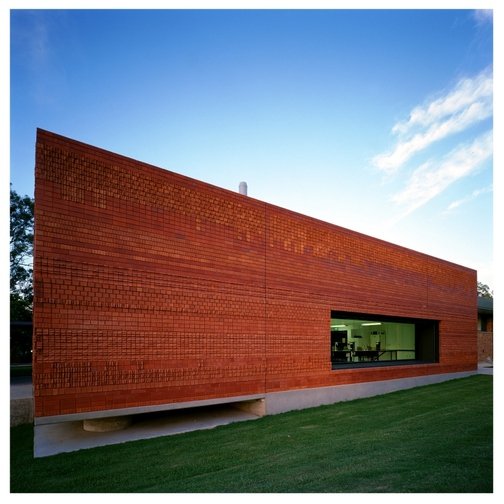
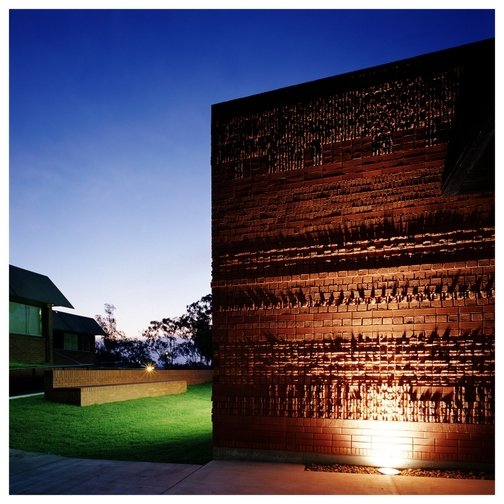
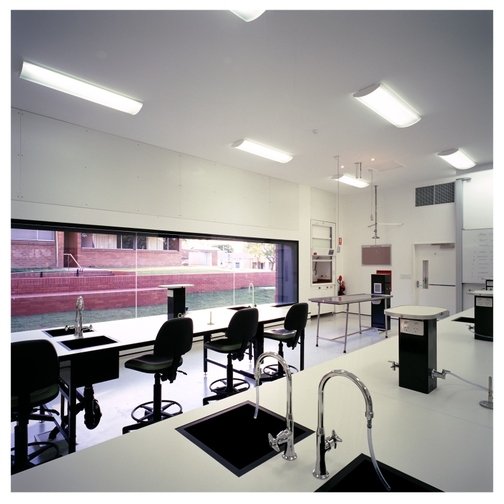
University of Queensland, MicroHealth Laboratory
Gatton, QLD, 2001
The MicroHealth Laboratory is the result of a masterplan produced by m3architecture, designed to accommodate the upgrade and expansion of facilities for the School of Animal Studies, at the University of Queensland, Gatton Campus. The building is the second completed stage of the masterplan scheme, involving a purpose built, physical containment level 2, teaching facility to accommodate up to 40 students. The building concept presents to polar elements of human study and investigation – that which ocurs within science, against that within creative arts. Here, science is understood by its clarity, precision, absolute and quantifiable processes, with the interior of the laboratory derived from strict codes, mathematical formulae and safety regulations that impose a necessary orde and logic. Conversely, the external brick skin is the result of artistic theory, creative processes and impulse, and explores art as an endeavor into the unknown, imprecise (“fuzzy”), relative and irrational. The rich red brick provides a link to its neighbouring buildings, providing a texured counterpoint against the existing plain brick structures of the university. It follows after several other buildings on campus that have rich and textured focal points juxtaposed upon bland brick buildings.

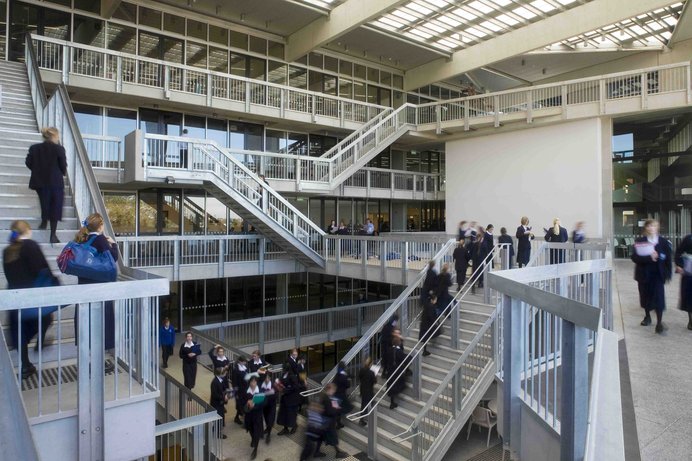
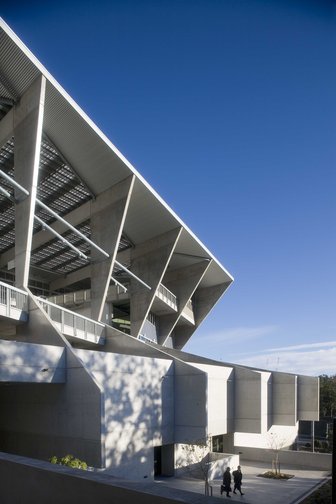
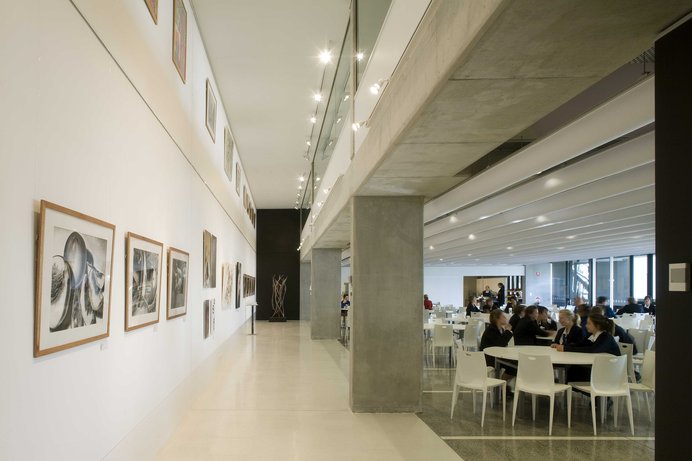
BGGS Cherrell Hirst Creative Learning Centre
Brisbane, QLD, 2007
This new 6 storey building for Brisbane Girls Grammar School (BGGS) brings together the Art, Music, Drama and Technology facilities of the prominent inner city school, into a single Creative Learning Centre (CLC). The centre also accommodates significant new social spaces, hall, performance and exhibition rooms, and kitchen/refectory. Conceptually, the project is understood as an open-ended exploration of the notion of ‘making connections’, in response to the social, educational, inter-disciplinary/collaborative, cultural, civic, functional and creative roles and aspirations held for the building. The idea of making connections can be understood at many levels of the brief and design, with new connections being made within the building, between disciplines, between the new CLC and the rest of the school, between BGGS and the adjoinging Brisbane Grammar School (BGS), and between the school and the city.
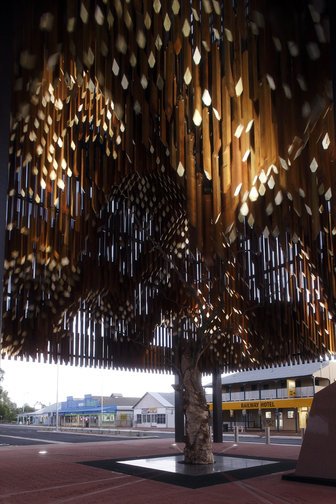
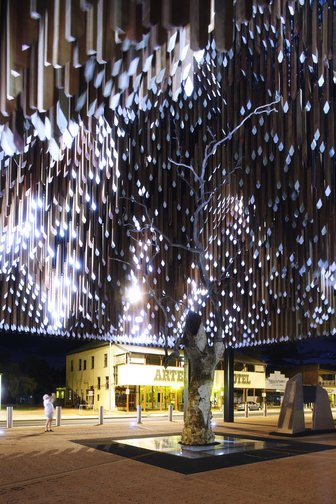

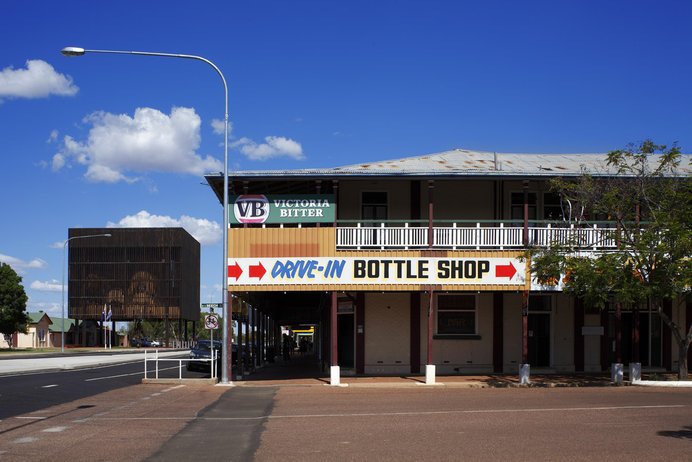
Tree of Knowledge Memorial
Barcaldine, QLD, 2009
Barcaldine’s Tree of Knowledge Memorial re-instates the amenity of the original tree and the tree’s role as a public place. The building has several civic roles. Re-instating the plaza around the tree re-establishes the location as a place of public gathering. The presence of the building creates a gateway to Barcaldine as it forms part of the railway station’s entry sequence. At the scale of the highway it acts as a signpost and at night as a lantern for the town. The scale of the structure and the form created within, is based on the extent of the tree’s canopy between 1890 and 1905. The shape of this internal canopy is defined by approximately 3,600 individual timber members. All timber is recycled and third party certified for chain of custody. The project re-instates a place of public gathering, the extent of the original canopy is re-defined, gentle movement is again visible overhead and with shadows on the ground, the amenity of the original tree is regained. With the relic tree looking on, old stories can be told and events remembered. As an experience, this is also a place where new memories can be created.





